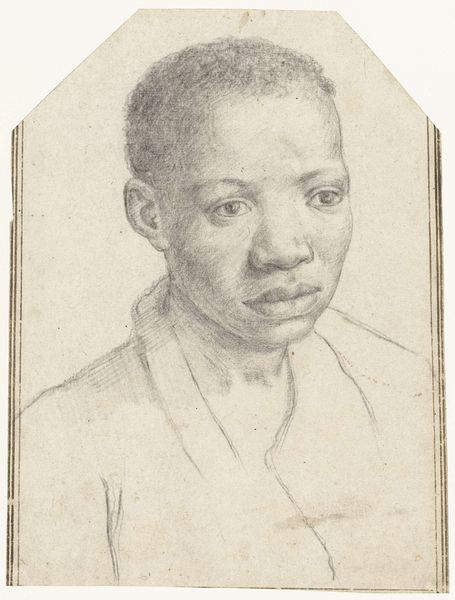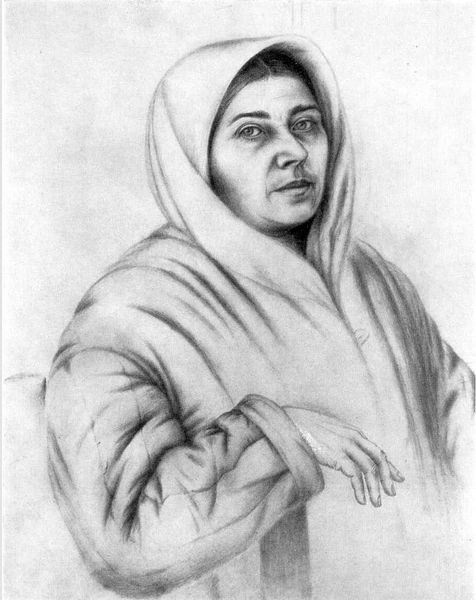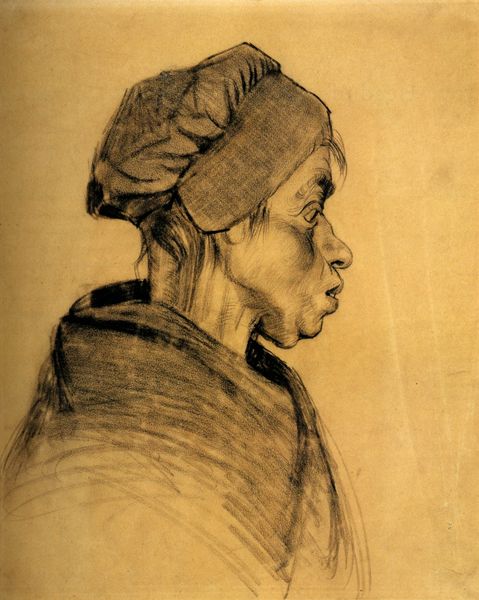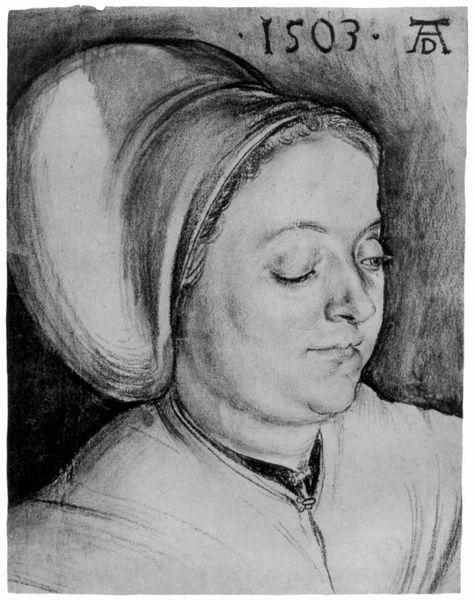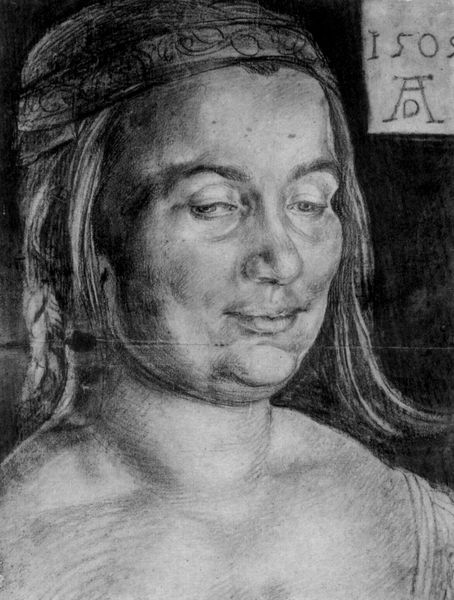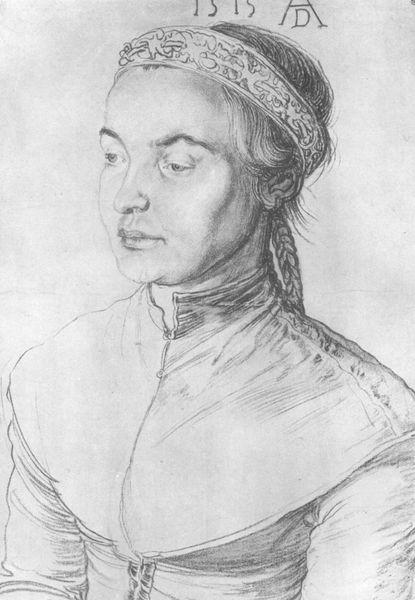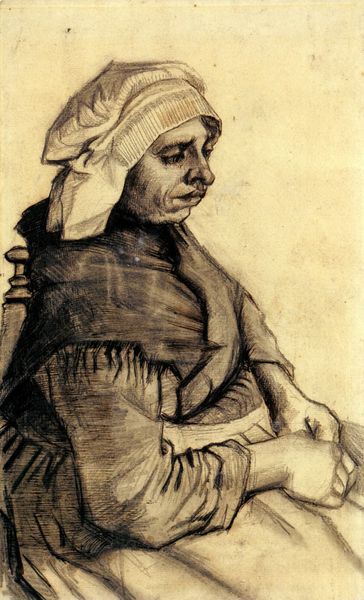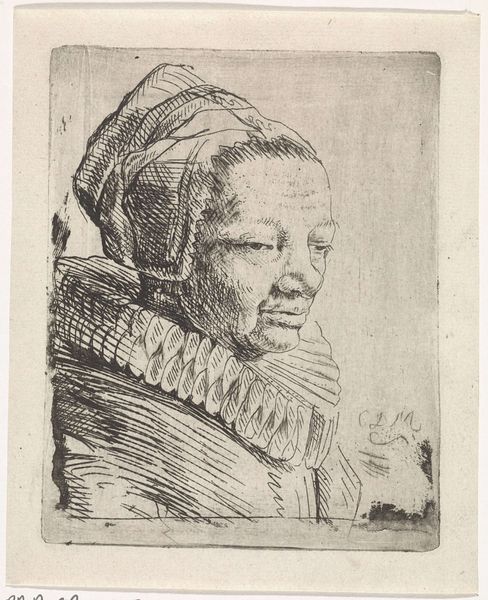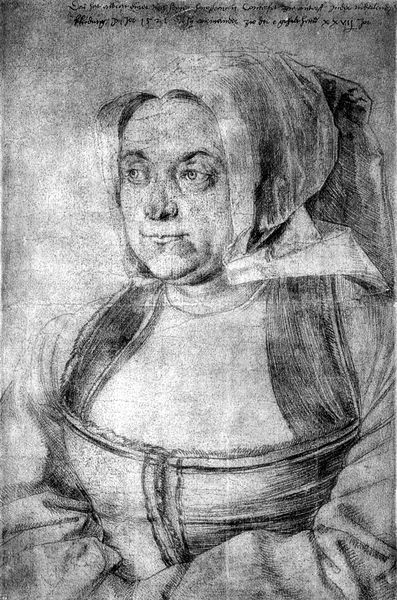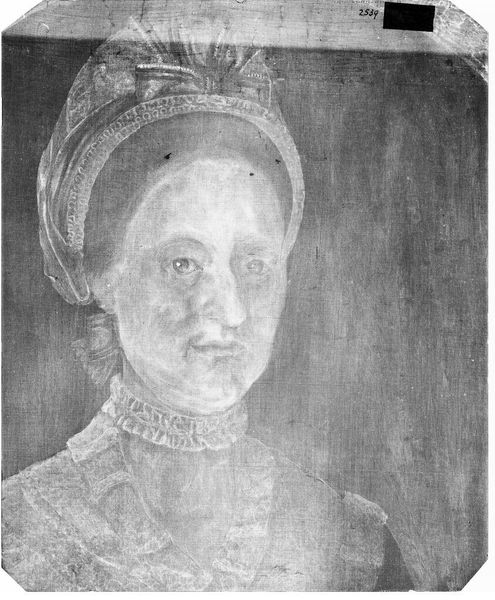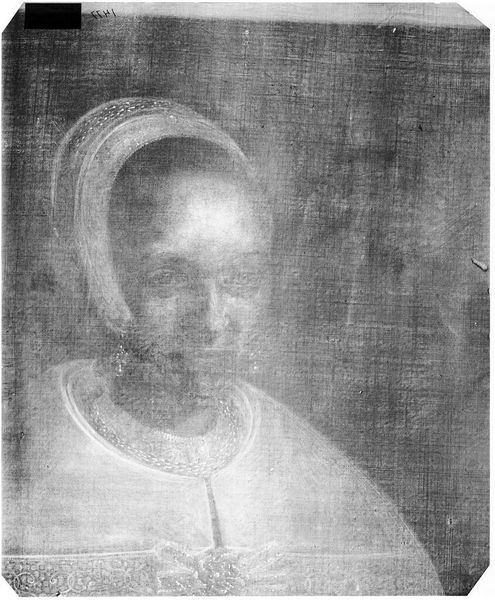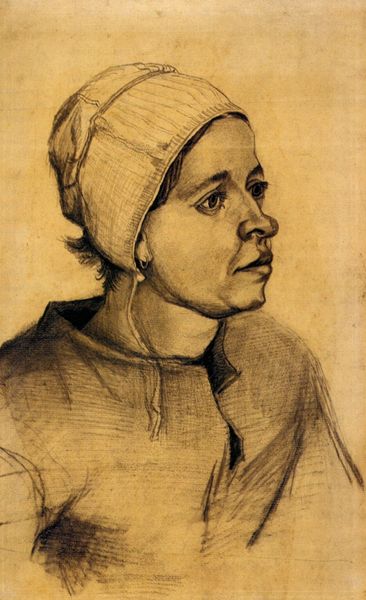
drawing, ink, pencil
#
portrait
#
drawing
#
charcoal drawing
#
11_renaissance
#
ink
#
pencil
#
portrait drawing
#
northern-renaissance
Copyright: Public domain
This is Albrecht Dürer's "Portrait of African Woman Catherine," created in 1521 with a pen on paper. Dürer, a towering figure of the Northern Renaissance, encountered Catherine during his travels. The portrait offers a glimpse into the complexities of cultural exchange during this period. Catherine’s headdress and clothing suggest a distinctive cultural identity, contrasting with the European styles prevalent in Dürer’s other portraits. As a Black woman in 16th-century Europe, Catherine's presence challenges the dominant narratives of the time. Dürer’s sensitive rendering avoids caricature, presenting Catherine with dignity and individuality. Yet, we must acknowledge that it comes from a place of cultural difference. The artwork invites us to consider the dynamics of representation and power. It’s a rare depiction of a Black woman from this era, prompting reflection on whose stories are told, and by whom. Consider how Catherine may have felt being observed and recorded. This poignant portrayal connects us to broader themes of identity, cross-cultural encounters, and the enduring human desire for connection.
Comments
No comments
Be the first to comment and join the conversation on the ultimate creative platform.
